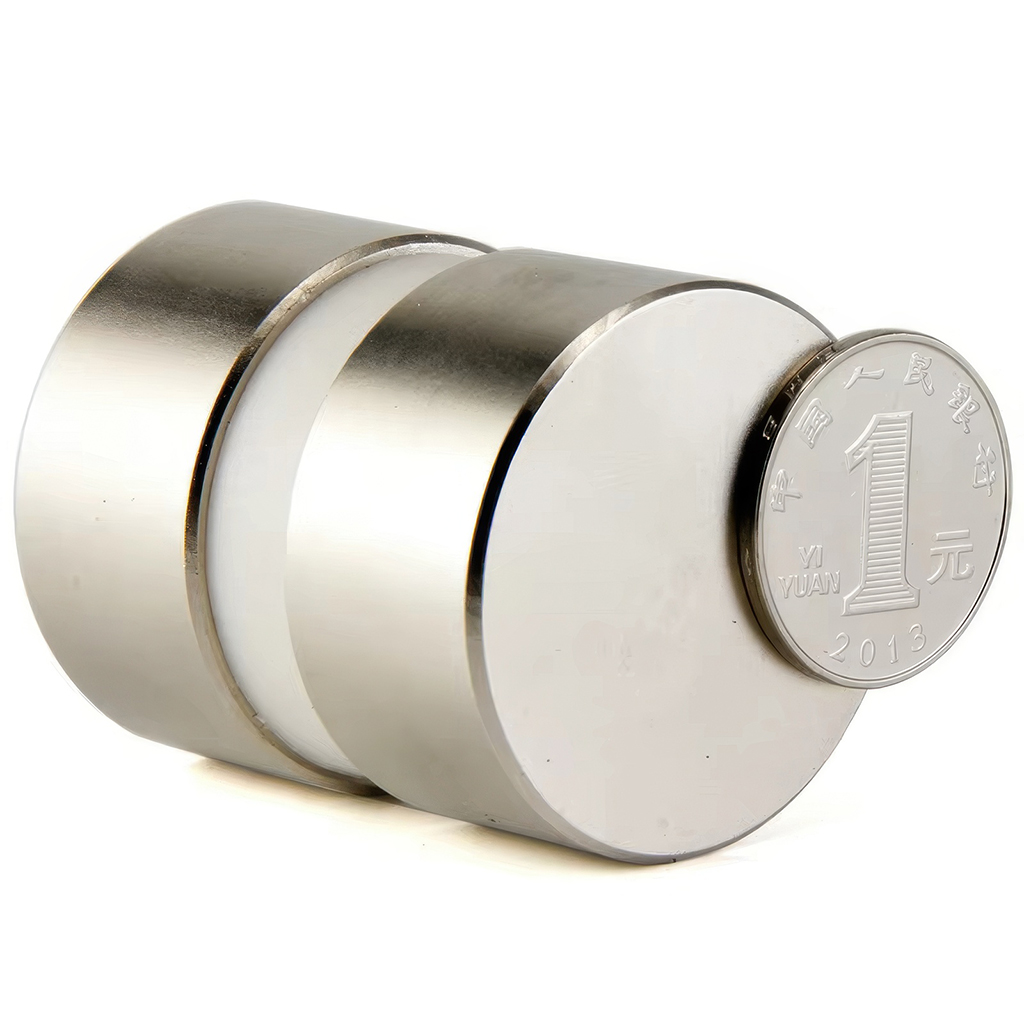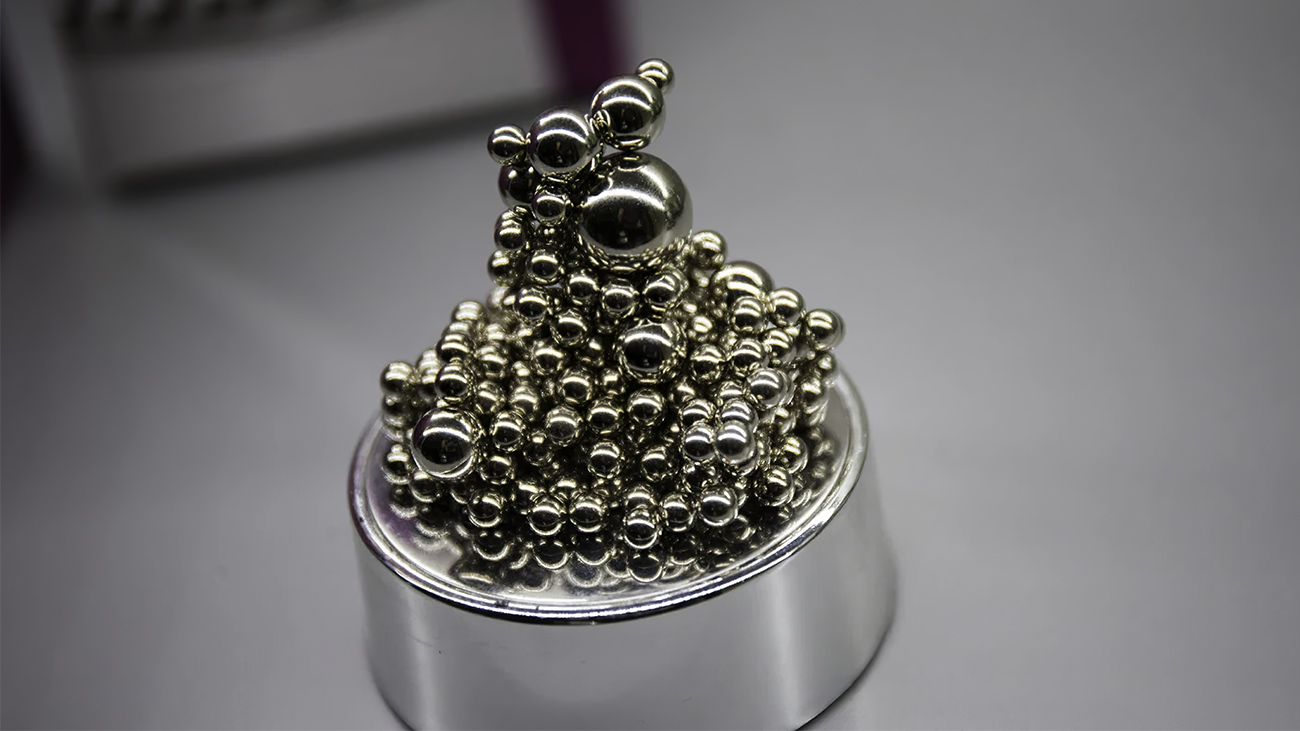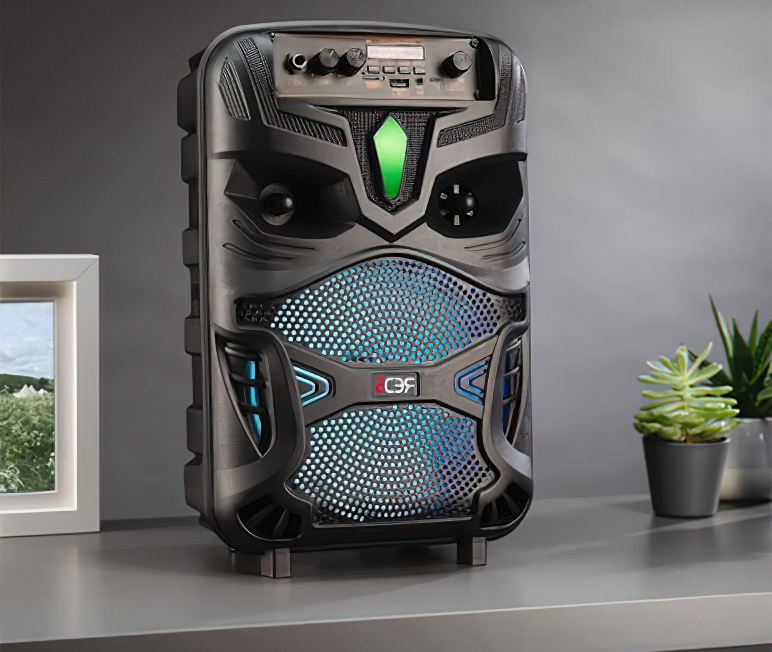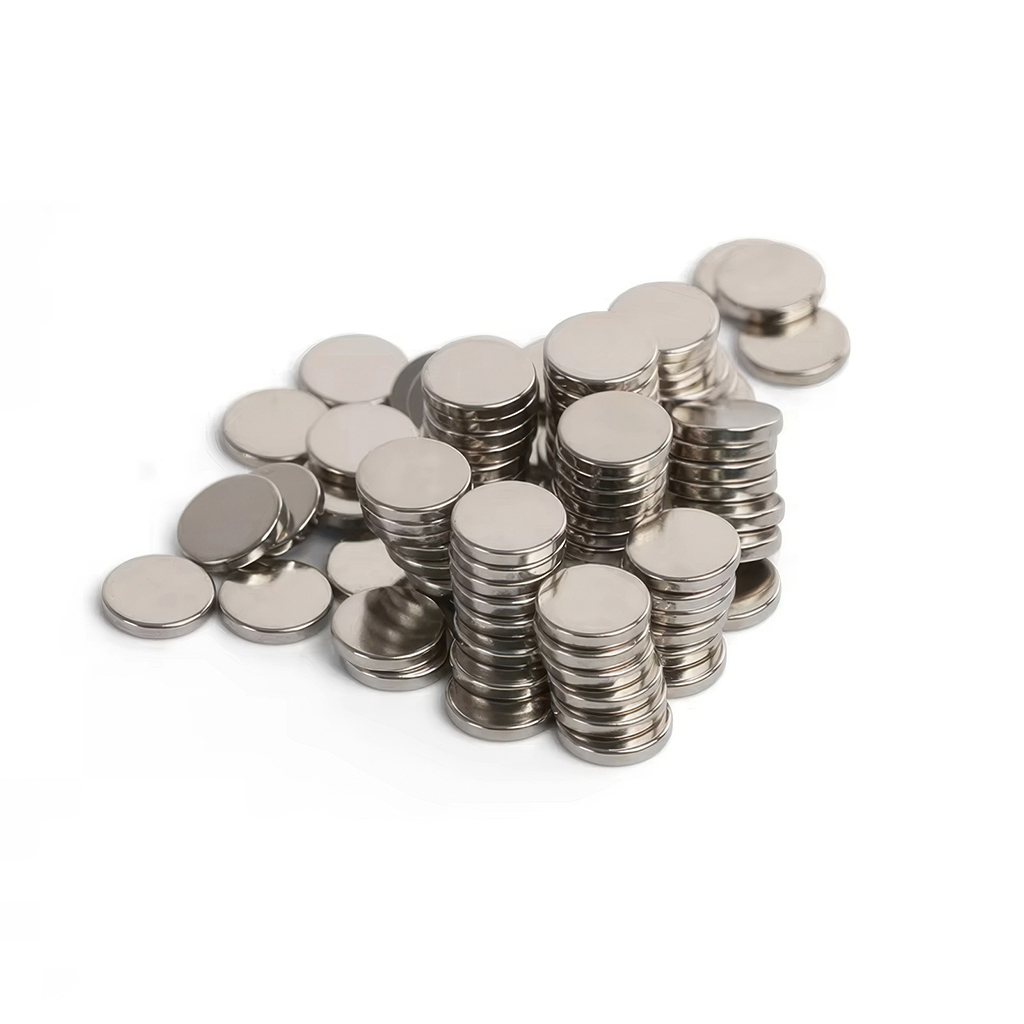What Type of Magnets Are the Strongest?
This article dives deep into the fascinating world of magnets, exploring their types, properties, and the science behind their strength. Whether you’re a hobbyist, engineer, or just curious, this guide is your complete resource to understanding the strongest magnets and their applications.
Table of Contents

What Are Magnets and How Do They Work?
Magnets are materials that produce a magnetic field, a powerful force that attracts ferromagnetic materials like iron, nickel, and cobalt. This magnetic force arises from the alignment of electrons in the material, creating a uniform magnetic field that interacts with external objects.
Magnets are broadly categorized into permanent magnets and temporary magnets. Permanent magnets, such as neodymium magnets and samarium cobalt magnets, maintain their magnetism over time. In contrast, temporary magnets, like electromagnets, require an external power source to generate a magnetic field.
Why Neodymium Magnets Are the Strongest?
Among all magnet types, neodymium magnets—a type of rare earth magnet—stand out as the strongest. These magnets are made from an alloy of neodymium, iron, and boron (NdFeB), which gives them unparalleled magnetic strength. The maximum energy product (MGOe) of neodymium magnets can reach values as high as 52, making them the most powerful commercially available magnets.
Key Features of Neodymium Magnets:
- Unmatched Magnetic Strength: Neodymium magnets can lift objects up to 300 times their own weight.
- Compact Size: Their high power-to-size ratio makes them ideal for small devices like electronics and medical equipment.
- Versatile Applications: From wind turbines to electric vehicles, neodymium magnets are essential in many industries.
For those curious about magnet grades, N52 neodymium magnets are the strongest grade available. They are widely used in industries requiring high magnetic field strength and durability.
Comparing Magnetic Strength: Types of Magnets
1. Neodymium Magnets (NdFeB)
Neodymium magnets are the strongest permanent magnets, outperforming other types in terms of magnetic strength and durability. However, they are sensitive to corrosion and high temperatures, which require protective coatings and careful handling.
| Feature | Neodymium Magnets |
|---|---|
| Magnetic Strength | Extremely High |
| Resistance to Corrosion | Moderate |
| Temperature Stability | Moderate |
| Common Applications | Wind Turbines, Motors, Electronics |
2. Samarium Cobalt Magnets (SmCo)
Samarium cobalt magnets are another type of rare earth magnet, known for their remarkable temperature resistance and corrosion resistance. While not as strong as neodymium magnets, they excel in environments with high temperatures or corrosive conditions.
| Feature | Samarium Cobalt Magnets |
|---|---|
| Magnetic Strength | High |
| Resistance to Corrosion | Excellent |
| Temperature Stability | High |
| Common Applications | Aerospace, Automotive, Medical Devices |
3. Ferrite Magnets
Ferrite magnets, also known as ceramic magnets, are widely used for their low cost and durability. While they lack the magnetic strength of rare earth magnets, they are ideal for applications where cost and corrosion resistance are key factors.
| Feature | Ferrite Magnets |
|---|---|
| Magnetic Strength | Low |
| Resistance to Corrosion | High |
| Temperature Stability | Moderate |
| Common Applications | Speakers, Motors, Household Appliances |
4. Alnico Magnets
Alnico magnets, made from an alloy of aluminum, nickel, and cobalt, are known for their stability and resistance to demagnetization. However, their magnetic strength is significantly weaker compared to neodymium magnets.
| Feature | Alnico Magnets |
|---|---|
| Magnetic Strength | Moderate |
| Resistance to Corrosion | Moderate |
| Temperature Stability | High |
| Common Applications | Instruments, Sensors, Motors |
Factors Influencing Magnetic Strength
1. Material Composition
The type of magnetic material used determines the magnet’s strength. For example, neodymium magnets leverage the unique properties of rare earth elements to achieve greater strength than ferrite or alnico magnets.
2. Magnet Grade
Magnet grades, such as N35, N38, and N52, indicate the maximum energy product (MGOe) of a magnet. A higher grade corresponds to a stronger magnet. For instance, N52 neodymium magnets are among the strongest grades available.
3. Temperature Resistance
Magnets lose their strength at high temperatures. While samarium cobalt magnets perform well under extreme conditions, neodymium magnets require coatings to improve their maximum operating temperature.
Applications of the Strongest Magnets
1. Electronics and Data Storage
Neodymium magnets are used in hard drives, speakers, and mobile devices for their compact size and high performance.
2. Wind Turbines
The high efficiency of permanent magnet generators in wind turbines relies on neodymium magnets.
3. Automotive Industry
Electric and hybrid vehicles use NdFeB magnets in their motors for improved efficiency and performance.
4. Medical Devices
From MRI machines to medical sensors, the precision and strength of rare earth magnets are vital in healthcare.
How to Choose the Right Magnet for Your Needs?
When selecting a magnet, consider the following:
- Strength Requirements: For high-performance applications, opt for neodymium magnets or samarium cobalt magnets.
- Temperature and Corrosion Resistance: Use samarium cobalt magnets for extreme environments.
- Cost Efficiency: Choose ferrite magnets for budget-friendly solutions.
- Size Restrictions: Neodymium magnets are ideal for compact applications due to their high power-to-size ratio.
For customized solutions, explore Customized NdFeB Magnets designed for specific industries, including wind power, automotive, and electronics.
Summary of Key Points
- Neodymium magnets are the strongest commercially available magnets, with exceptional magnetic strength and compact size.
- Samarium cobalt magnets excel in high-temperature or corrosive environments.
- Ferrite magnets and alnico magnets are cost-effective alternatives with specific benefits.
- Choosing the right magnet depends on strength, temperature resistance, and application requirements.
For more insights and customized NdFeB magnets, visit the Neodymium Magnets Factory.
Magnets are a cornerstone of modern technology, and understanding their properties empowers industries and individuals alike to make informed decisions. Which magnet best suits your needs? Share your thoughts below!
Welcome to our factory’s custom NdFeB magnet services, where your ideas and needs become reality.
Simply share your concepts, requirements, or design drawings, and we’ll work closely with you to produce high-quality NdFeB magnets tailored to your exact specifications and performance standards.
You’ll benefit from competitive pricing, complimentary samples, and professional technical support from our dedicated team, making the customization process worry-free, safe, and cost-effective.
Our goal is to ensure that your products achieve outstanding performance with the highest level of quality and precision.
Economic Development Zone, Industrial Park, Shehong City, Sichuan Province, China.
Contact
News
US Department of Defense Allocates $5.1 Million to Recover Rare Earths from E-Waste
On January 17, 2025, the US Department of Defense announced a $5.1 million allocation to Rare Resource Recycling Inc. under the Defense Production Act.
China Revises and Implements the “Regulations for Outward Direct Investment Statistics,” Including Rare Earth Oxides
It is reported that on January 1, 2025, the Ministry of Commerce, the National Bureau of Statistics, and the State Administration of Foreign Exchange officially implemented the revised “Regulations for Outward Direct Investment Statistics.”
Canada Rare Earth Acquires Majority Stake in Laos Rare Earth Refinery
According to Magnet Materials News, on January 9, 2025, Canada Rare Earth Corp. announced plans to acquire a 70% stake in a rare earth refinery in Laos. This acquisition aims to enhance supply security and economic benefits.



